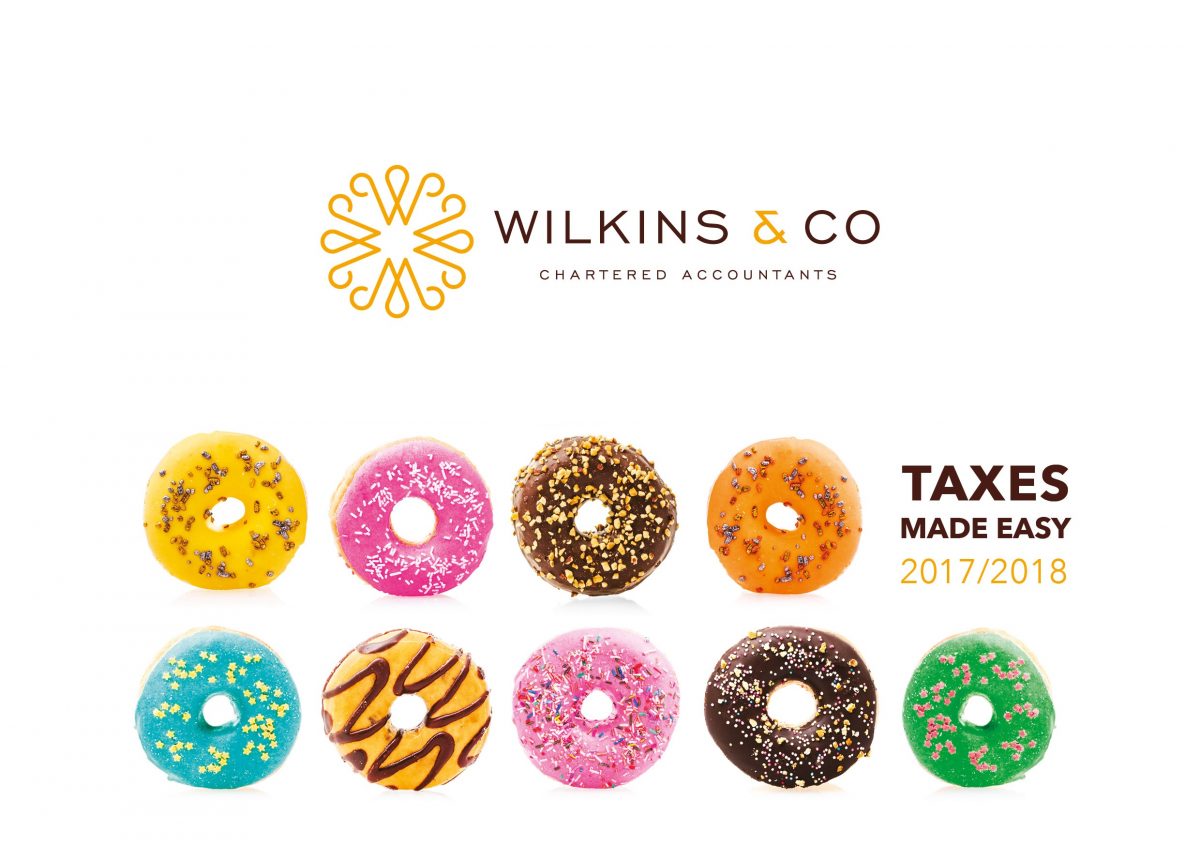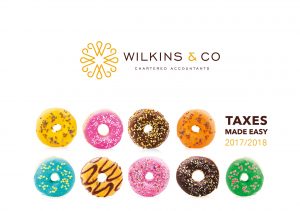The new Tax -free childcare scheme began in 2017 and is now available to the employed and self-employed where both parents are in paid work for more than 16 hours per week and neither parent earns more than £100,000.
The scheme is run via an online account and the government tops up 20p for every 80p you pay into the scheme up to a maximum of £2,000 per child up to the age of 12 (and therefore an £8,000 contribution by parents). Grandparents or employers could contribute instead of parents.
The scheme replaces the employer childcare vouchers. These schemes were due to close to new entrants at 5 April 18 but will now remain open for an extra six months until October 2018. Parents already registered at that time can continue to receive vouchers for as long as their employer offers them, or switch to tax-free childcare instead.
If you already receive childcare vouchers from your employer, then you have to decide whether you want to continue with this scheme, or move to the new scheme. The website https://www.childcarechoices.gov.uk can help you decide which is better for you.
In general, the new scheme is better for the self employed and those with more than one child and high childcare costs, as the vouchers are per child. The old scheme, if offered, favours couples where one parent does not work and high earners – but it worth doing the sums in your particular case.
If you want to leave your employer’s voucher scheme you must provide them with a Childcare Account Notice (CAN). This can be sent by email and states that you wish to leave the voucher scheme and use tax-free childcare instead.
There were lots of teething problems when the online accounts were set up, so much so that ‘Childcare Service compensation‘ is now available from HMRC – www.gov.uk/government/publications/childcare-service-compensation
It offers parents compensation if they have been subjected to various technical difficulties in relation to its online Tax-free Childcare account. Problems with the service include technical issues, mistakes and unreasonable delays.
Parents affected by technical issues may be able to ask the government for a top-up as a one-off payment for Tax-Free Childcare or apply for reimbursement of any reasonable costs directly caused by the service not working properly.
You may be eligible if you have:
- been unable to complete your application for Tax-Free Childcare
- been unable to access your childcare accounts
- not received a decision about if you’re eligible, without explanation, for more than 20 days
If you require any further information then please get in touch.











